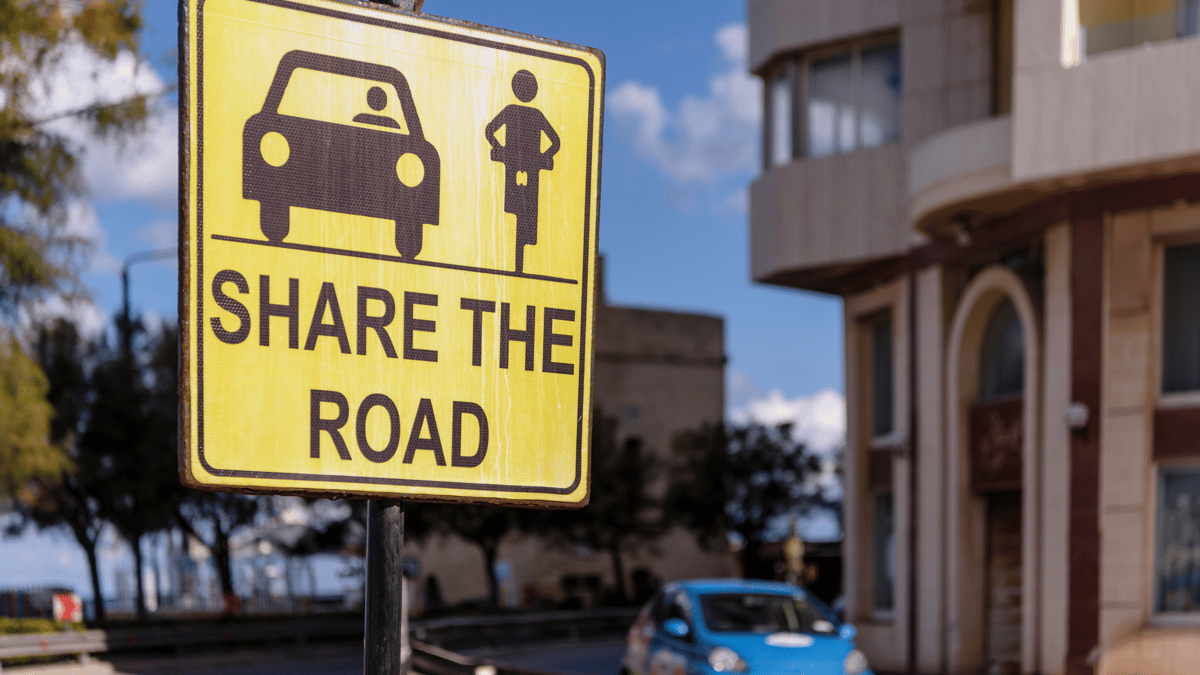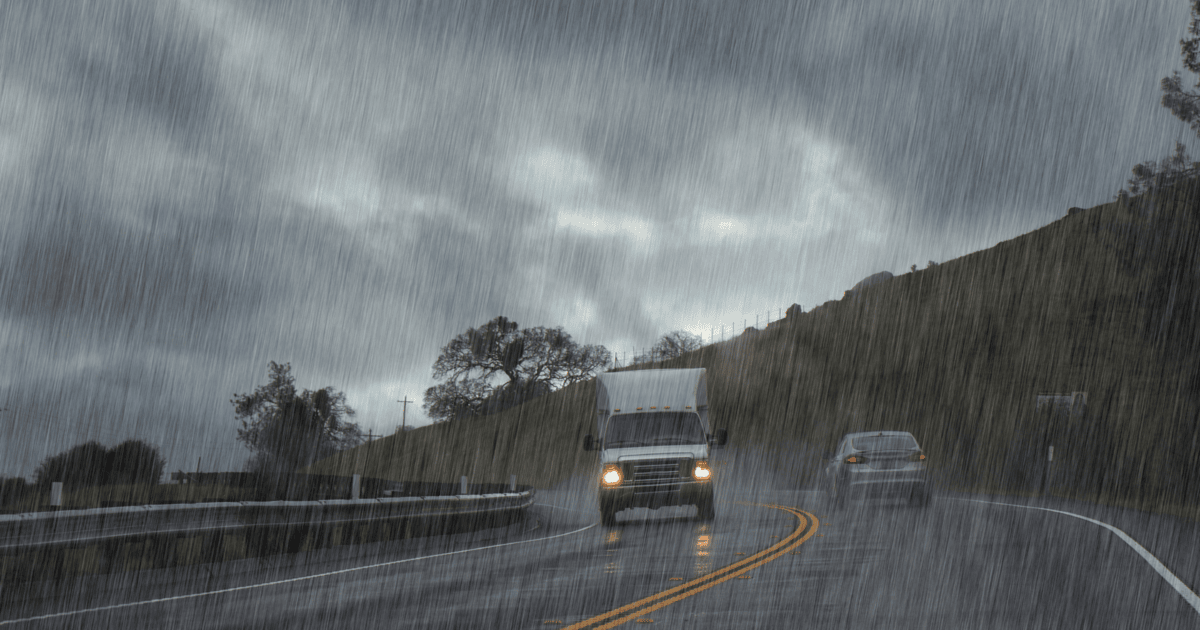Article
Sharing the Road: Ensuring Safety for Motorcyclists and Bicyclists

Warm weather brings more than sunshine. It also means there are more motorcycles and bicycles on the road. So, whether you’re commuting, running errands, or heading out on a summer road trip, it’s more important than ever to understand how to share the road with motorcycles and bicycles.
Motorcyclists and bicyclists have the same rights to the road as cars and trucks, but because they’re more exposed and harder to see, they face significantly higher safety risks. In this blog, we’ll break down the importance of sharing the road and share simple, effective safety tips you can use to help keep everyone safe.
The Importance of Sharing the Road
To share the road effectively with two-wheeled neighbors, you have to do more than follow traffic laws. As much as possible, it’s important to create a mindset of awareness and mutual respect between drivers, riders, and cyclists.
Risks Faced by Motorcyclists
Motorcycle safety is a significant consideration. After all, motorcyclists are 28 times more likely than passenger car occupants to die in a crash per vehicle mile traveled, according to TrafficSafetyMarketing.gov. That’s often down to the fact that they’re less visible to drivers and they have less physical protection than those in cars do.
Motorcyclists are especially vulnerable at intersections, during lane changes, and in poor weather conditions. Even a small mistake by a driver in a car can have major consequences for the person on the bike.
Challenges for Bicyclists
Bicyclists face similar challenges, particularly in areas without dedicated bike lanes. The National Highway Traffic Safety Administration (NHTSA) emphasizes the importance of visibility and predictability in bicycle safety.
But even when cyclists do everything right, they’re still at risk when drivers aren’t paying attention or giving them enough space.
Safety Tips for Drivers
As a driver, you play a big role in preventing accidents. These simple habits can make the road safer for everyone.
Checking Blind Spots
Motorcycles and bicycles can easily disappear into blind spots, especially on highways or in heavy traffic.
Always:
- Use your mirrors consistently
- Look over your shoulder before changing lanes
- Avoid relying only on blind spot sensors (they often don’t “see” motorcycles or bikes)
Maintaining Safe Distances
Tailgating a motorcycle or bicycle is illegal in many states. But even worse, it can be deadly.
Give them plenty of space:
- Follow at least 3-4 seconds behind a motorcycle
- Leave at least 3 feet of space between when passing a bicyclist
- Never try to “squeeze by” a motorcycle or bicyclist in the same lane
Patience is a big part of defensive driving, especially around more vulnerable road users.
Responsibilities of Motorcyclists and Bicyclists
It’s not just up to drivers. Motorcyclists and bicyclists also have a responsibility, too: to ride safely and predictably.
Proper Signaling Techniques
Hand signals and turn signals help everyone on the road understand each other’s intentions.
Whether you’re switching lanes on a motorcycle or turning at an intersection on a bike, clear communication helps prevent crashes.
Wearing Appropriate Safety Gear
Helmets might be optional in some states, but there’s no denying they save lives.
Bicyclists and motorcyclists should always wear:
- Reflective or bright-colored clothing
- Helmets (DOT-approved for motorcyclists)
- Gloves, closed-toe shoes, and protective layers (ideally with armor for motorcyclists)
Wearing the right gear can reduce injury severity and might even save your life.
Take the Next Step: Become a Safer Driver
In a car, on a motorcycle, or riding a bike, we all have a role to play. Whether you're a parent of a teen driver, a daily commuter, or someone who just wants to do their part on the road, knowing how to share the road with motorcycles and bicycles is critical.
The good news? You don’t have to figure it all out on your own. Take a defensive driving course online to learn real-world skills that can help you stay calm, alert, and safe behind the wheel.
By staying alert, following the rules, and practicing defensive driving, you can help make sure everyone arrives safely.



